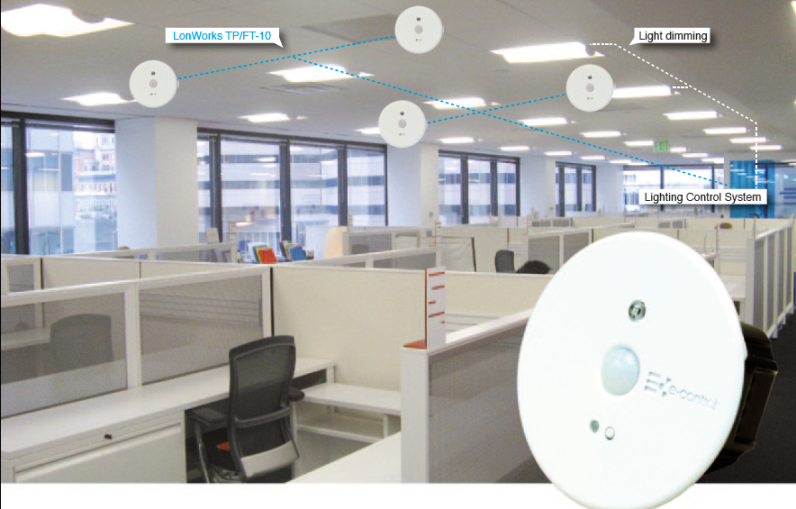In recent years, smart home technology has undergone significant advancements, transforming the way we live and interact with our living spaces. One of the most exciting innovations in this field is the development of automated lighting systems for homes. These systems enable homeowners to control and customize their lighting setups with unprecedented ease, flexibility, and convenience. In this article, we will delve into the world of automated lighting systems, exploring their benefits, features, and applications, as well as providing answers to frequently asked questions.

What are Automated Lighting Systems?
Automated lighting systems, also known as smart lighting systems, are designed to optimize and simplify the way we control the lighting in our homes. These systems typically consist of a network of intelligent lighting devices, including bulbs, switches, and control panels, which can be monitored and managed remotely through a central hub or mobile app. By harnessing advanced technologies such as Wi-Fi, Bluetooth, and Zigbee, automated lighting systems allow users to adjust lighting levels, color temperatures, and schedules with ease, creating a personalized and immersive experience.
Benefits of Automated Lighting Systems
The benefits of automated lighting systems are numerous and far-reaching. Some of the most significant advantages include:
- Energy Efficiency: Automated lighting systems can help reduce energy consumption by automatically turning off lights when not in use or adjusting their brightness levels based on natural light availability.
- Convenience: With automated lighting systems, users can control their lighting setups from anywhere, at any time, using their smartphones or tablets.
- Customization: Automated lighting systems offer a wide range of customization options, allowing users to create unique lighting scenes, schedules, and ambiance settings.
- Safety and Security: Automated lighting systems can enhance home security by simulating occupancy, making it appear as if someone is home, even when the house is empty.
- Increased Property Value: Installing an automated lighting system can increase a property’s value, making it more attractive to potential buyers.
Features of Automated Lighting Systems
Automated lighting systems come with a variety of features that enhance their functionality and user experience. Some of the key features include:
- Voice Control: Many automated lighting systems are compatible with popular voice assistants, such as Amazon Alexa and Google Assistant, allowing users to control their lights with voice commands.
- Scheduling: Users can set schedules for their lighting systems, ensuring that lights turn on and off automatically at specific times of the day.
- Scene Control: Automated lighting systems often include scene control features, which enable users to create and customize lighting scenes for different activities, such as movie nights or dinner parties.
- Color Changing: Many smart light bulbs offer color changing capabilities, allowing users to adjust the color temperature and hue of their lights to match their mood and preferences.
- Energy Monitoring: Some automated lighting systems include energy monitoring features, which provide users with insights into their energy consumption and help them optimize their lighting usage.
Applications of Automated Lighting Systems
Automated lighting systems have a wide range of applications, from residential to commercial settings. Some of the most common applications include:
- Home Automation: Automated lighting systems are a key component of home automation systems, integrating with other smart devices and systems to create a seamless and connected living experience.
- Commercial Lighting: Automated lighting systems are increasingly being used in commercial settings, such as offices, hotels, and retail spaces, to enhance ambiance, improve energy efficiency, and reduce maintenance costs.
- Outdoor Lighting: Automated lighting systems can be used to control and customize outdoor lighting, including porch lights, pathway lights, and garden lights.
Frequently Asked Questions (FAQ)
- Q: What is the cost of an automated lighting system?
A: The cost of an automated lighting system varies depending on the complexity of the system, the number of devices, and the brand. On average, a basic automated lighting system can cost between $500 to $2,000. - Q: Are automated lighting systems compatible with all types of light bulbs?
A: No, automated lighting systems are designed to work with specific types of light bulbs, such as LED or smart bulbs. Incandescent bulbs are not compatible with most automated lighting systems. - Q: Can I control my automated lighting system remotely?
A: Yes, most automated lighting systems can be controlled remotely using a mobile app or web interface. - Q: Are automated lighting systems secure?
A: Yes, automated lighting systems are designed with security in mind, using encryption and secure communication protocols to protect user data and prevent unauthorized access. - Q: Can I integrate my automated lighting system with other smart devices?
A: Yes, many automated lighting systems are compatible with other smart devices and systems, such as thermostats, security cameras, and home entertainment systems.
Conclusion
Automated lighting systems are revolutionizing the way we interact with our living spaces, offering unparalleled convenience, customization, and energy efficiency. With their advanced features, wide range of applications, and increasing affordability, automated lighting systems are becoming an essential component of modern homes and commercial spaces. Whether you’re looking to enhance your home’s ambiance, improve energy efficiency, or simply enjoy the convenience of smart lighting, automated lighting systems are an excellent choice. As technology continues to evolve, we can expect to see even more innovative features and applications emerge, further transforming the world of lighting and beyond.
Closure
Thus, we hope this article has provided valuable insights into Introduction to Automated Lighting Systems for Homes. We appreciate your attention to our article. See you in our next article!